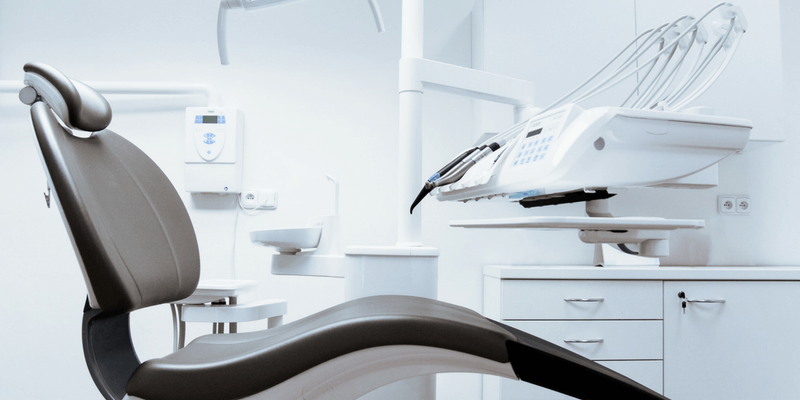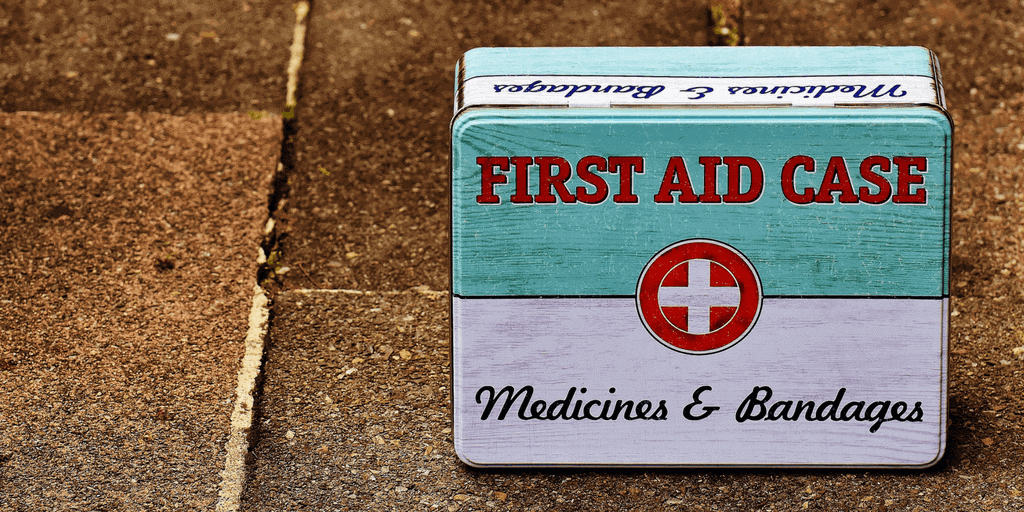There is a common misconception that hospitals and retail businesses are different.
But let’s look at the facts. Both provide services to consumers through multiple channels, including mobile, web and physical outlets. Both depend on high footfalls and recurring visitors.
Is there something retail businesses can teach you about patient experience?
Let’s find out the most important lessons.
A Focus on Visitor Experience

The holy grail of success in the retail business is customer experience. This is explained by one simple fact — it is up to 10 times more expensive to acquire a new customer than to keep an existing one.
Any experienced retailer will tell you that getting a customer into your store is just half the battle.
What if they encounter apathetic staff, long wait times, and disorganized queues inside the store? They won’t think twice about switching to your competitors who offer better service.
There are two ways poor customer experience can damage your business.
Firstly, by reducing the average lifetime value of a customer. A visitor who comes across poor service will likely head to the exit faster than you can make amends with them.
Secondly, through people sharing their negative experiences with friends and family. In fact, people are twice more likely to share their bad service experience than their positive experience. This leads to a reverse word-of-mouth marketing situation, where potential future customers are warned against going to your store.
The only cure for poor customer experience is good customer experience. There are a few steps to this journey, though.
Differentiation Is Key
In economic jargon, similar goods and services are known as substitutes. Coke and Pepsi are virtually identical products, yet people are usually loyal to only one of them.
Which means that Coke and Pepsi are not perfect substitutes.
Why would people care about one product over another if they’re the same thing? The answer is brand loyalty.
The key factor in developing brand loyalty is differentiation. Something about the experience that you provide has to be completely unique. For example, some people associate childhood memories with a brand’s advertising.
What does any of this have to do with implementing a queuing solution at hospitals?
In retail, the key to differentiation, and thus the key to brand loyalty, is customer experience. The way you approach hospital queue management can determine the quality of patient experience.
Your hospital is not different from a hundred other hospitals in your city. But by treating your customer’s time with the respect it deserves, you put yourself ahead of the competition.
Nailing your patient experience helps you differentiate your hospital from others.
Strategies like discounts and special offers are effective, but they can also backfire. Your competitors can offer them as well, driving everyone's profits down in the long run.
What do retail businesses focus on when trying to improve customer experience? And how can you implement the same strategies in your hospital?
It’s time to talk about employee satisfaction.
Employee Satisfaction Is Customer Satisfaction

When we talk about making hospitals a better environment, you shouldn’t forget about the people who would benefit from it the most — your employees.
Lack of proper training, long hours, poor compensation — there are many different factors that can lead to employees becoming frustrated with their job. And nothing kills businesses faster than unengaged, disinterested employees.
Think about it. If your employees dread to use a new piece of software or worry about their mortgage payments, they won’t be in a mood to help customers.
Dan Pink, in his viral TED talk on the puzzle of motivation, reveals a surprising truth about what leads us forwards. The traditional carrots-and-sticks technique — rewards and punishments based on performance — is a thing of the past.
More than financial rewards, employees seek autonomy and mastery in their jobs.
By letting your employees take charge of their jobs and delegating tasks so that they know what they’re doing, you can make your hospital a good place to be in for everyone.
Engagement Leads to Better Experience
Let’s look at the previous point again, this time from the customer’s perspective.
Your patient wants to walk in and be surrounded by friendly, helpful faces. Greeting them with an open smile and a warm welcome is a crucial first step.
Nobody wants to interact with bored-looking employees who keep interrupting your questions to answer phone calls.
That being said, engagement isn’t limited to “service with a smile”. There are a couple of additional ways to bring engagement to the next level.
Saying “No” to Numbered Tokens
There’s nothing more alienating than being referred to as a number. Not only are patients waiting in a queue (which is never fun), they’re not even referred to as individuals.
Without proper hospital queue management, the numbers fail to be of any meaning. Being the tenth in a queue that takes 10 minutes to serve one patient is better than being the fifth in a queue that takes 25 minutes to move one up.
Sign-in Sheets Are Bad for Business
Numbered tokens and sign-in sheets are both examples of the same thing — obsolete technology. With easy and affordable access to mobile technology, there’s no excuse for not implementing superior systems.
There are a number of reasons why sign-in sheets are bad, including the need for human handling, privacy issues, and slow data processing. But perhaps the biggest reason to let sign-in sheets go is that the alternative is actually better.
Referring to Patients by First Name Is Essential
If numbered tokens are so bad, what’s the alternative?
A queuing solution at hospitals that makes it easy to refer to patients by their first names. This makes visits at your hospital more personal, helping you improve customer experience.
Master Patient Experience at Your Hospital With Qminder

Allowing your visitors to check in themselves improves the overall patient experience. As a result, your patients feel more engaged and self-reliant.
Meanwhile, you and your staff are free to concentrate on your work.
With a fully digital system like Qminder, internally labeling patients with tags takes only a few clicks. For example, if a patient is allergic to certain medicines, you can have that information right where you need it, without any additional paperwork.
Segmenting your patients using preferences and other details can make it much easier to know how much time they’ll need. This can drastically cut down wait time, and affect choices like who to attend to next.
Technology doesn't only make your services better, it can also make them more personal.
Get a free 14-day trial now to bring a positive vibe to your hospital.






